"Rescue" white plums by making jam
The place where Mrs. Hanh lives is famous for its white plum gardens with heavy fruit. However, these plums have a strong sour taste, ripen quickly, fall easily, and are harvested in just 2-3 days each time. Therefore, when new plum varieties such as An Phuoc, pink peach, MST pink plum... are increasingly popular in the market, white plums are gradually "falling out of favor", traders do not buy, many households have to let the fruit fall all over the ground.
Ms. Hanh (right) checks plums drying in the greenhouse. PHOTO: DUY TAN
Not willing to see agricultural products go to waste, Mrs. Hanh experimented with stewing plums with sugar in the traditional way of making coconut jam. Surprisingly, the finished plum jam had a sweet, mild flavor, and was warmly welcomed by relatives and neighbors. That was the motivation for her to boldly establish a plum jam processing facility at home in 2017.
Ms. Hanh (right) checks plums drying in the greenhouse. PHOTO: DUY TAN
At first, the products were mainly consumed internally, without packaging or labels. However, with a progressive spirit, Ms. Hanh spent time attending training courses organized by the Women's Union, learning production, business and market access skills.
Unique and delicious plum jam. PHOTO: DUY TAN
Increasing the value of local agricultural products
In 2022, Ms. Hanh's plum jam product was recognized as meeting 3-star OCOP standards. A year later, she continued to register and received 3-star OCOP certification for her plum jam product. In addition, she is testing spicy plum jam to expand the market.
White plums are bought by Mrs. Hanh from local gardens to make jam. PHOTO: DUY TAN
Ms. Hanh said that to have a batch of quality white plum jam, the selection of ingredients plays a key role. You must choose fruit with soft flesh and little water so that when stewed it will not be crushed and will retain a light sour taste. "The plums must be carefully selected. Only ripe fruits, not too young or too ripe, will produce delicious jam. This is the most difficult step, requiring experience and meticulousness," Ms. Hanh said.
On average, 5 kg of fresh plums produce about 1 kg of finished jam. Although there is the support of machines, most of the process is still done manually. After washing, the plums are marinated with sugar in the right proportion, then left overnight to absorb the flavor before the cooking stage. When cooking, turn the plums evenly and gently so that the plums do not get crushed. Once finished, dry the jam in a closed house for about 15 days until it is dry and flexible.
Every year, Ms. Hanh's facility produces about several hundred kilograms to 1 ton of jam. PHOTO: DUY TAN
Plum jam is produced according to strict procedures, ensuring food hygiene and safety, and can be preserved for 12 months. From a fruit that only costs about 7,000 - 10,000 VND/kg, after being processed into jam, the value increases to over 200,000 VND/kg.
Every year, Ms. Hanh’s facility produces from several hundred kilograms to 1 ton of jam. Not only does it stabilize the family economy , she also creates seasonal jobs for many local women from plum harvesting to processing.
Canned plum jam. PHOTO: DUY TAN
From the fallen and forgotten plums, Ms. Hanh has created products with strong local identity, which are well received by the market. She hopes that in the near future, plum jam and other dried fruit products of Ngoc Hanh will be available in many supermarkets and specialty stores across the country, contributing to promoting her hometown's agricultural products to consumers.
Source: https://thanhnien.vn/nguoi-dua-man-trang-thanh-mon-mut-tru-danh-mien-tay-18525101608535009.htm


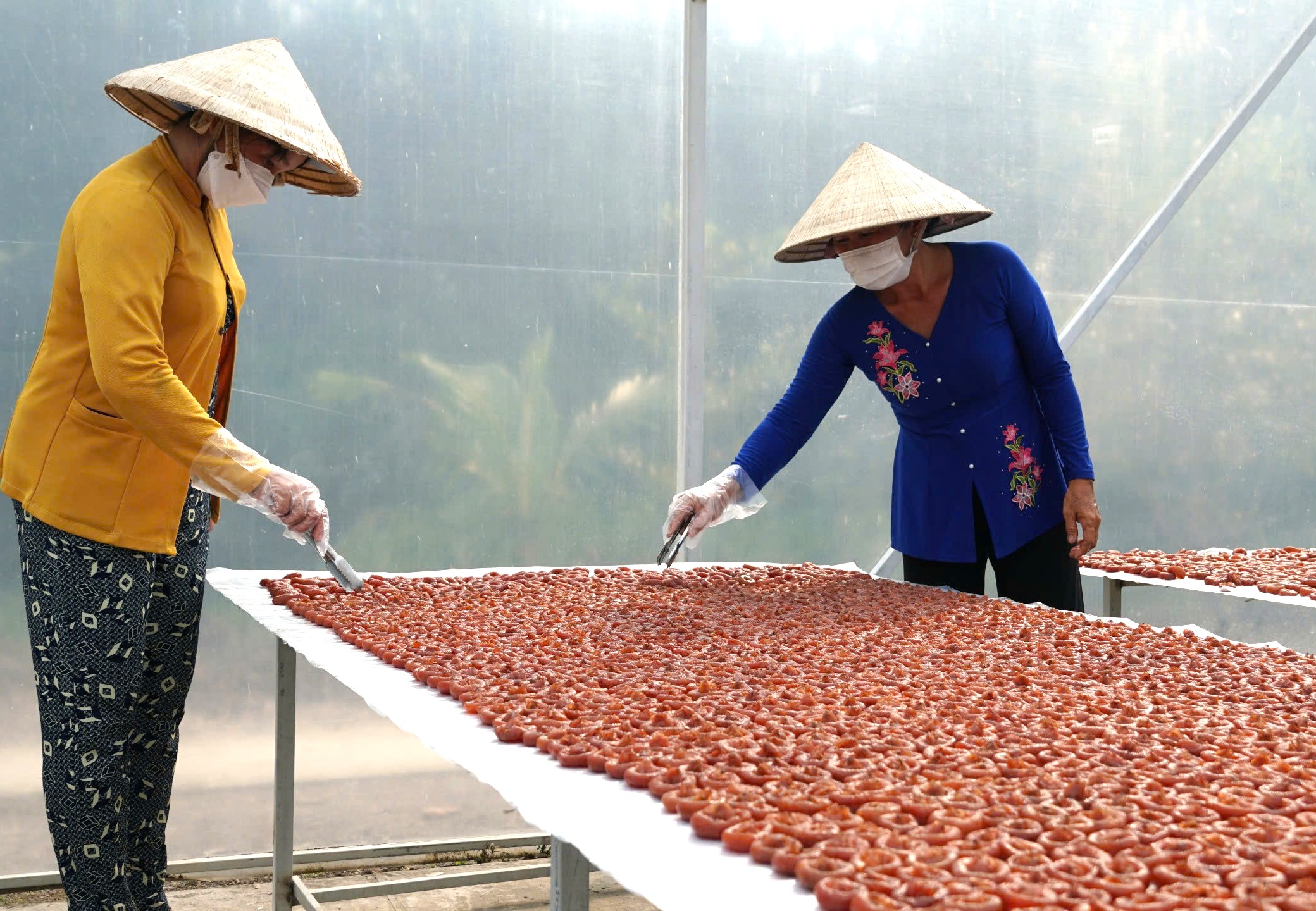
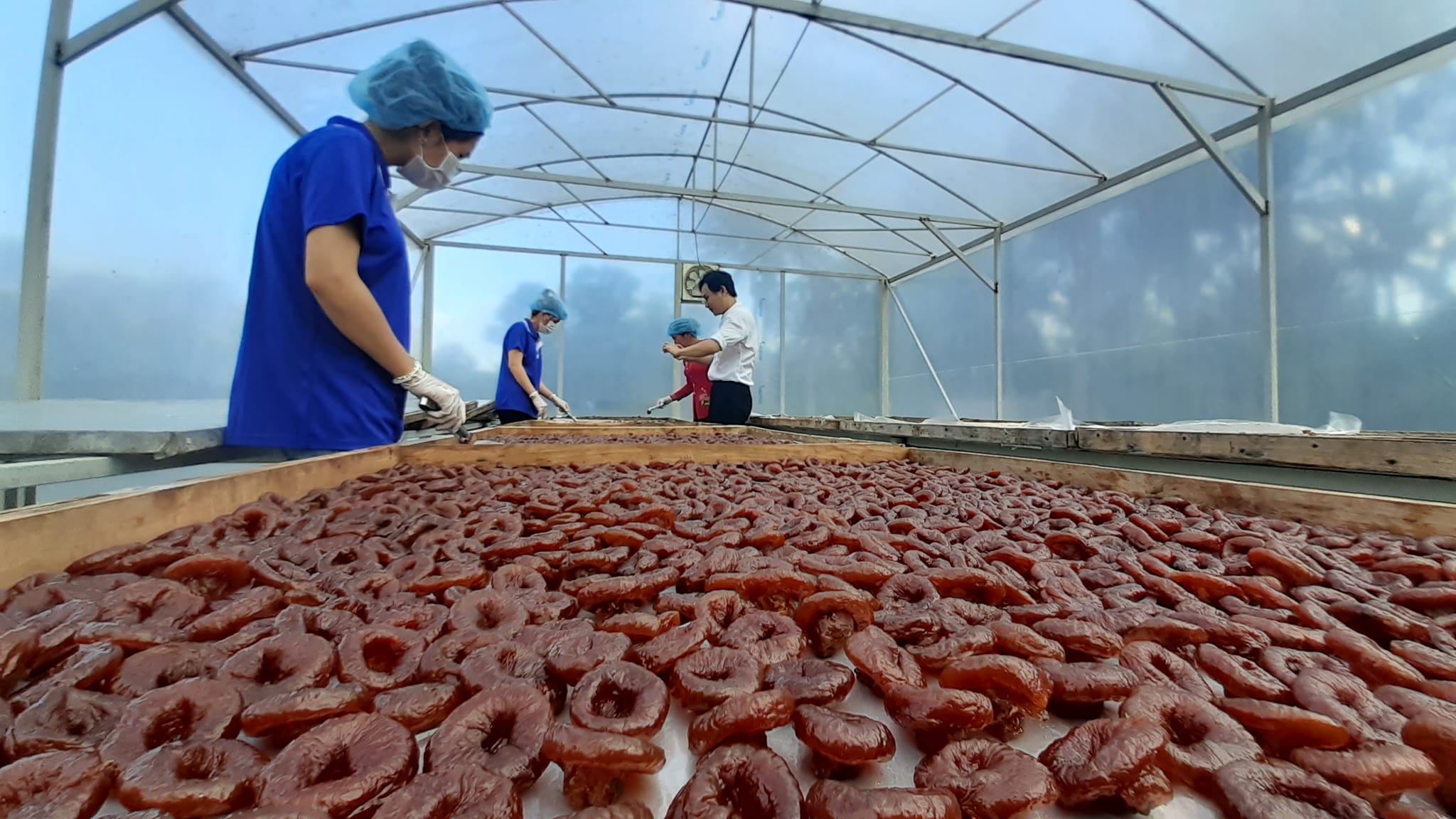
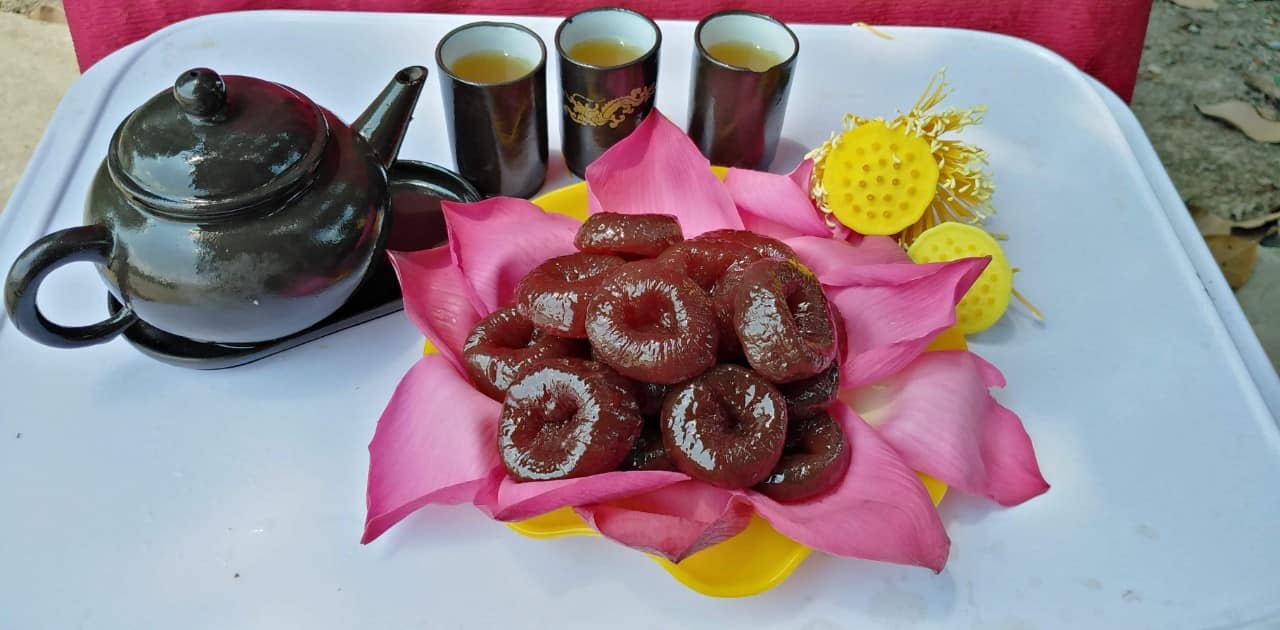
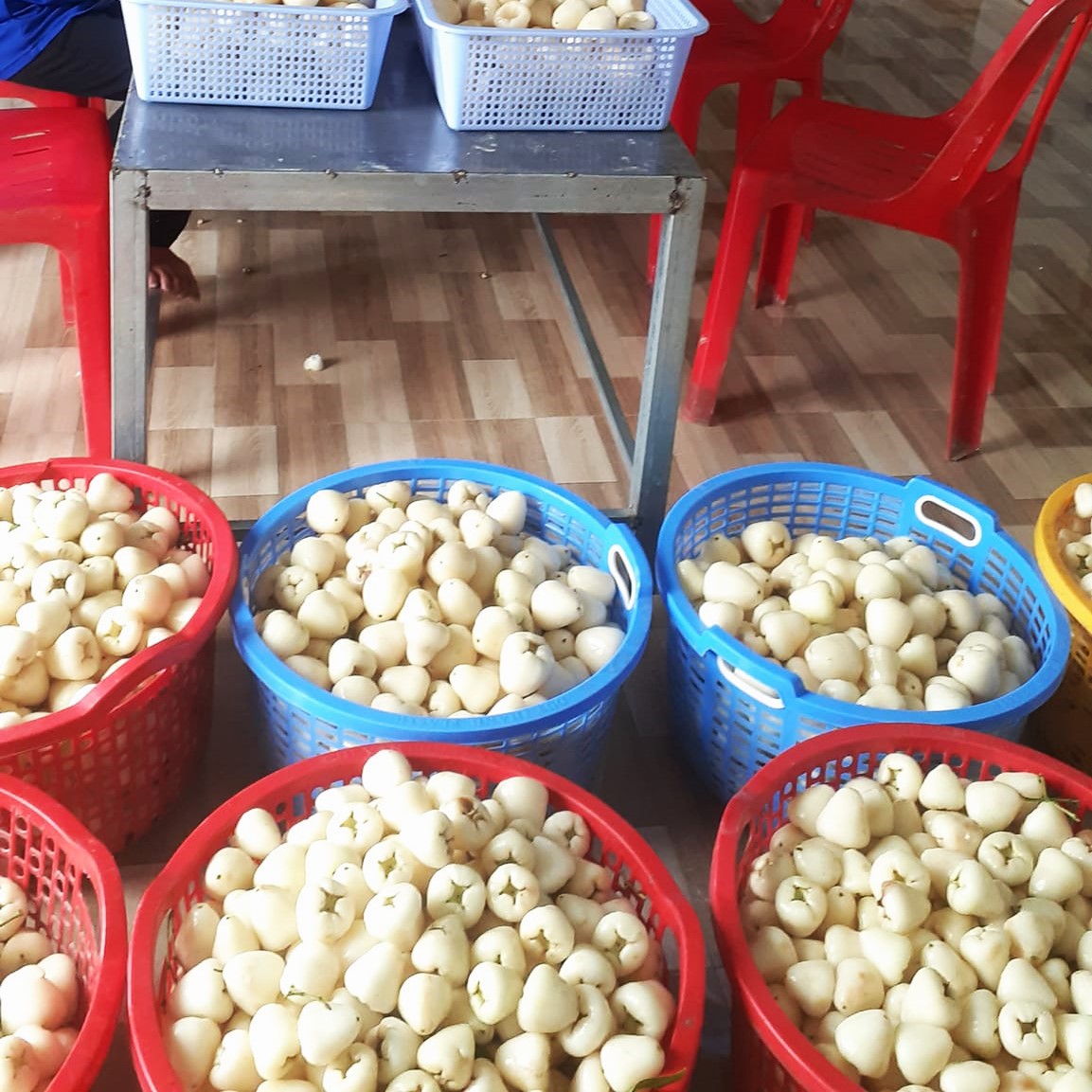
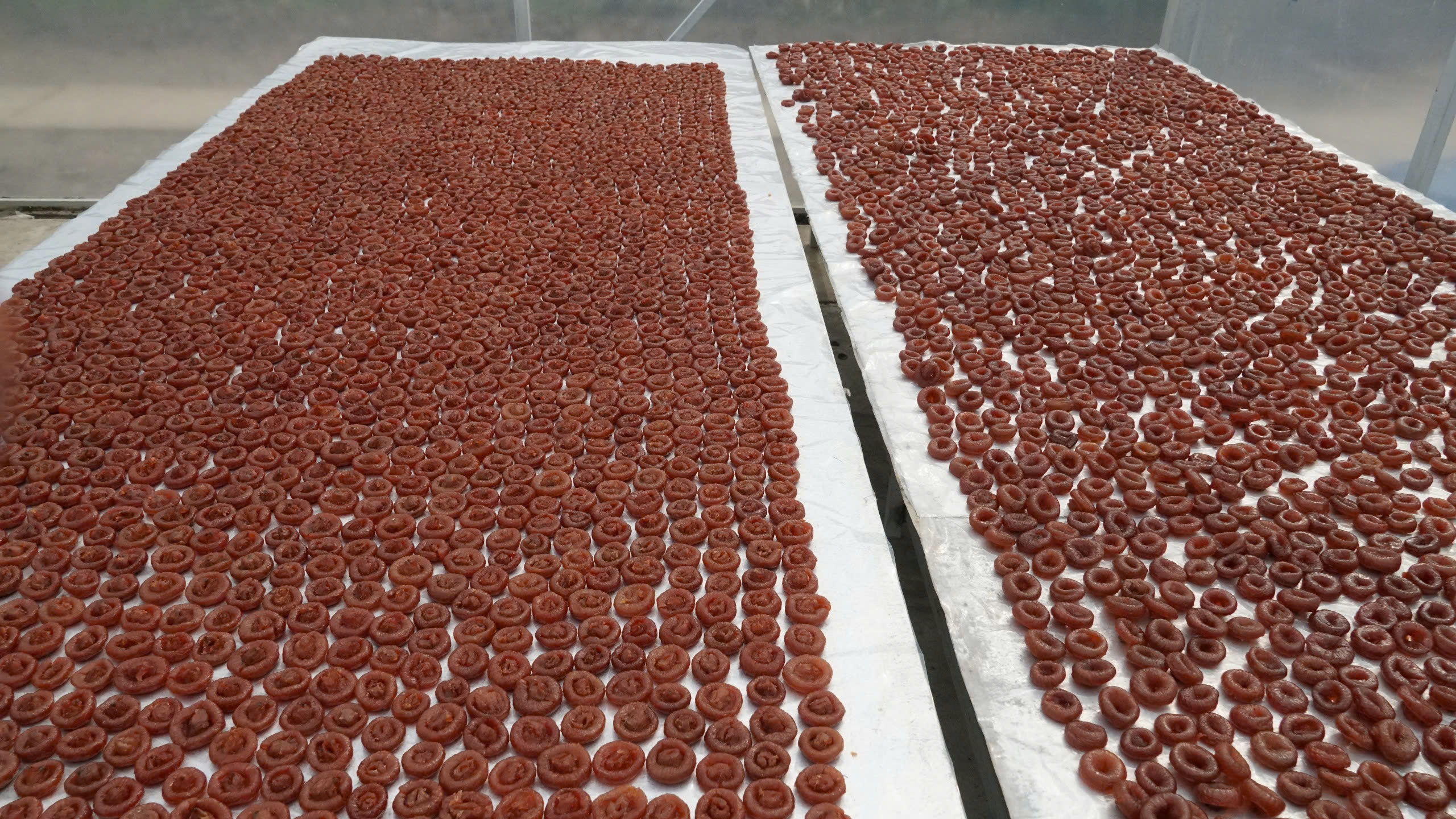
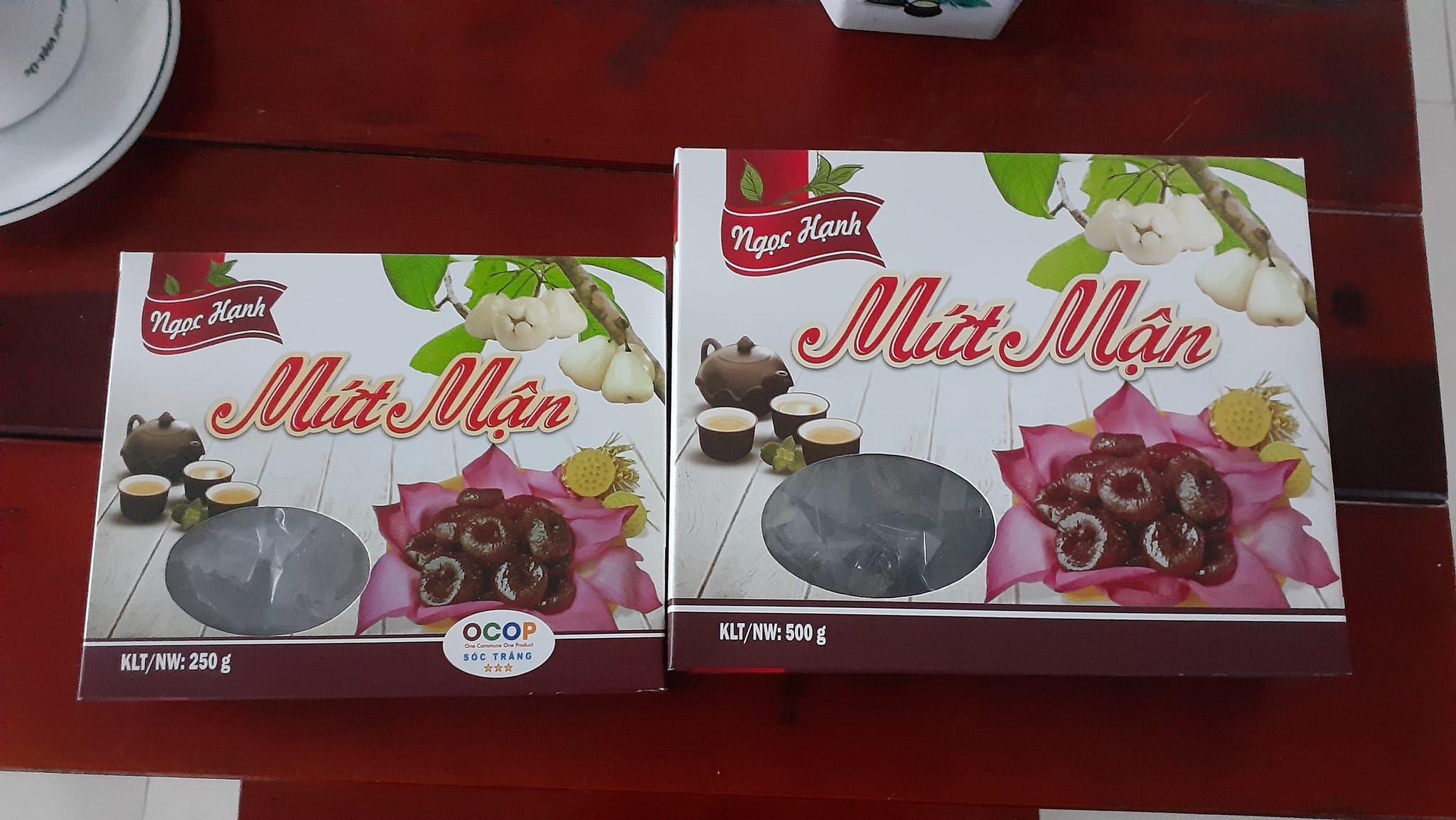
![[Photo] Solemn funeral of former Vice Chairman of the Council of Ministers Tran Phuong](https://vphoto.vietnam.vn/thumb/1200x675/vietnam/resource/IMAGE/2025/10/24/1761295093441_tang-le-tran-phuong-1998-4576-jpg.webp)

![[Photo] Prime Minister Pham Minh Chinh and South African President Matamela Cyril Ramaphosa attend the business forum](https://vphoto.vietnam.vn/thumb/1200x675/vietnam/resource/IMAGE/2025/10/24/1761302295638_dsc-0409-jpg.webp)

![[Photo] President Luong Cuong chaired the welcoming ceremony and held talks with United Nations Secretary-General Antonio Guterres](https://vphoto.vietnam.vn/thumb/1200x675/vietnam/resource/IMAGE/2025/10/24/1761304699186_ndo_br_1-jpg.webp)
![[Photo] Prime Minister Pham Minh Chinh chairs conference on breakthrough solutions for social housing development](https://vphoto.vietnam.vn/thumb/1200x675/vietnam/resource/IMAGE/2025/10/24/1761294193033_dsc-0146-7834-jpg.webp)
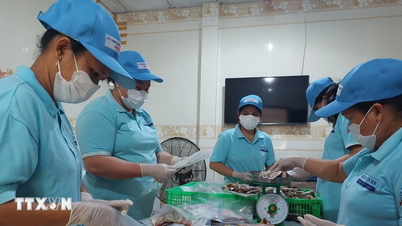

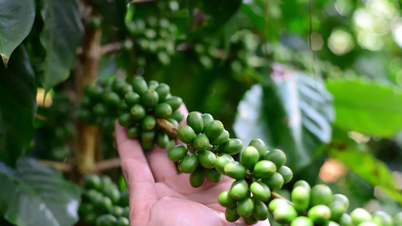




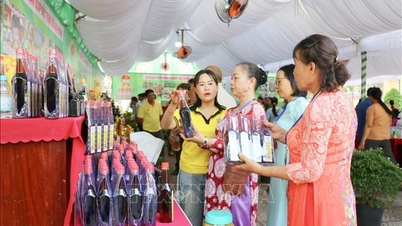

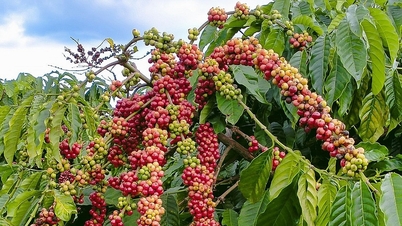

























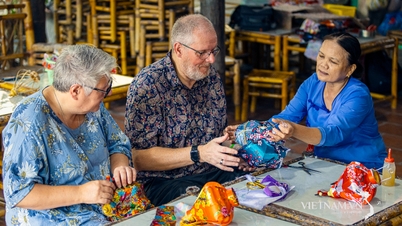

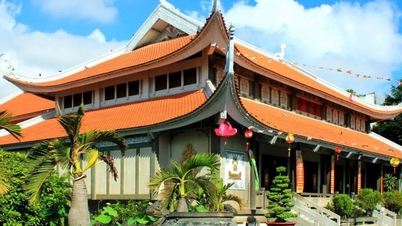



























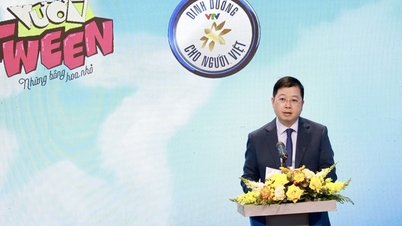


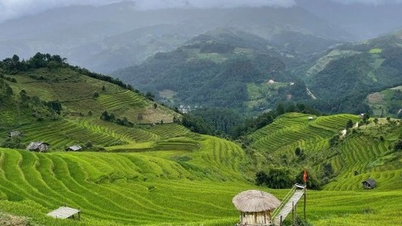





















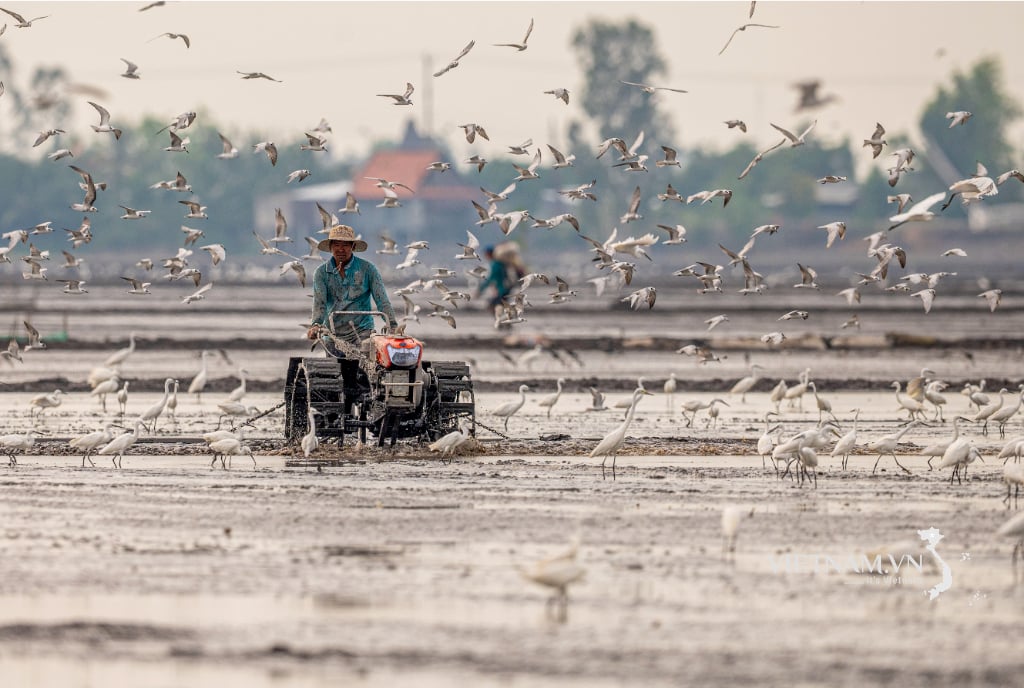

Comment (0)